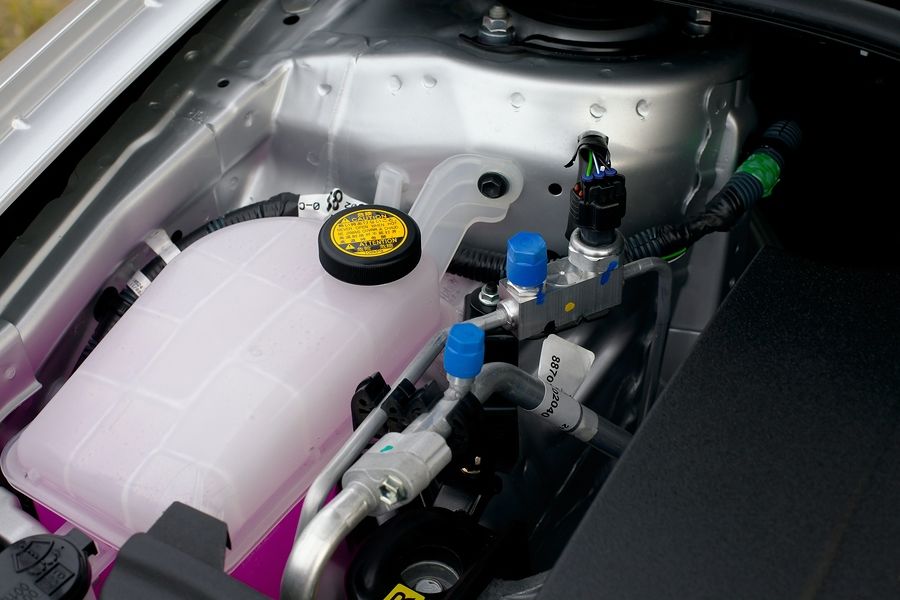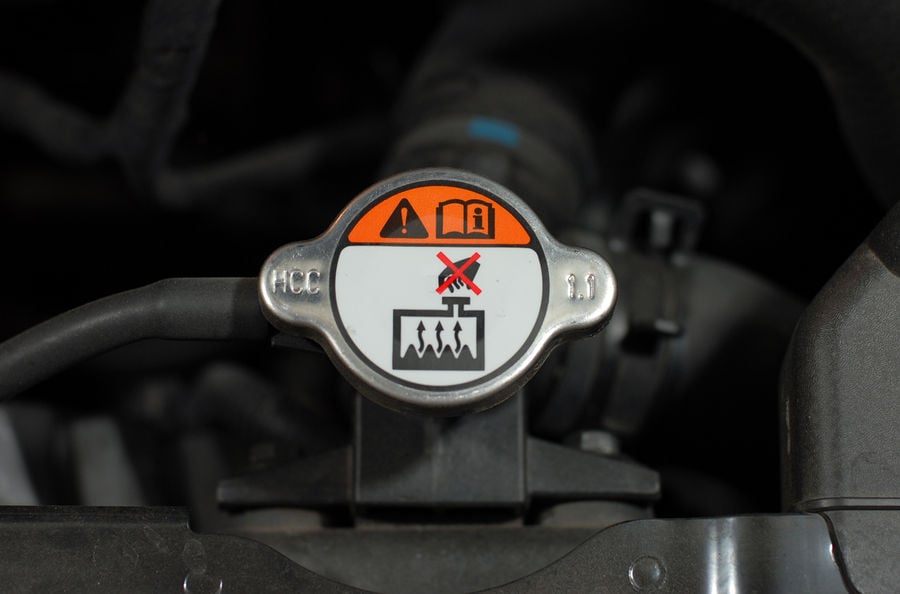Recent Articles
Popular Makes
Body Types
Coolant Reservoir Cap Replacement

The radiator cap on your car does much more than just cover the hole on the top of the radiator or coolant reservoir. Mechanics and parts stores have a tool that can be used to test the cap. However, there will often be obvious signs if it is defective, and changing the radiator cap is normally quite inexpensive.
Because water can reach a higher temperature before boiling when it is under pressure, the cooling system in your car works like a pressure cooker. This allows the system to reach higher temperatures and more effectively cool your vehicle. The radiator cap on your car works like the pressure regulator and safety valves on the pressure cooker to keep the pressure below a specified level. If a solid or defective cap were used instead of the proper coolant reservoir cap, there would be an increased risk of having a hose burst and gasket failure. Usually radiator caps fail the opposite way, preventing pressure from building in the cooling system and simply venting antifreeze when it boils over. If the cooling system boils over the coolant level will be lower than it should, exacerbating your cooling problem. If you hear waterfall or bubbling water type sounds coming from your heater core or from under your dash, this could be an indication that your coolant level is low and that the cap might need replacing.
# Coolant Reservoir Cap Replacement
The cap also has a vacuum valve in it, which opens as the car is cooling to equalize the pressure in the system with the ambient air pressure. Without this valve, or if it isn't working properly, there will be suction in the system as it cools, potentially resulting in collapsed hoses and gasket failure.
When performing a coolant reservoir cap replacement, first ensure that the car is cold. If the car is hot and the radiator cap is holding pressure, removing the cap will act like a giant release valve, spraying hot coolant in all directions. If your old cap wasn't working, the cooling system will be seeing pressure for the first time in a while, so be sure to inspect the radiator hoses for blisters and wear. Remove the old cap and check the coolant level. If the coolant is low, top up the system and then start the car before replacing the radiator cap to allow air to bleed out of the system. If the fluid level is where it should be, install the new reservoir cap.
With the new cap in place, take the car for a test drive to check for leaks and any steam or signs of venting. If the car is running hotter than it should, there may still be air in the system. Allow the car to cool, then remove the radiator cap and start the car and run it to operating temperature to allow any air to escape.
